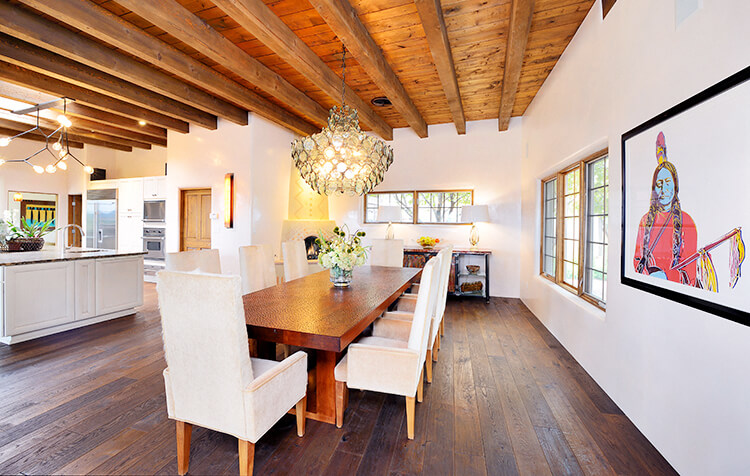There’s something special when someone gifts you a single rose. A rose that can stand alone is powerful. The same goes for interiors. When designing a living space, it’s crucial to identify functionality while minimizing unnecessary details that clutter the space.
Minimalism enhances the character of your home while pushing desired interest to the details of the essential interior architecture. Incorporating a minimalistic design can reduce stress, increase cleanliness, and elevate your mood.
When walking into a cluttered room, some people might feel overwhelmed and anxious. The same feeling might arise when entering a room that is too small, too dark or too bright. Minimalism seeks the balance between perfect lighting, tidiness, and spaciousness.
Secrets to Minimal Design
To update a living space, identify the necessary elements of the room. A living room, for example, is a place where people like to gather and relax, so the lighting should be natural but controlled.
Invite people to sit down and socialize with a neutral-colored modern sofa and stylish lounge chairs. Keep the wall color calm with an off-white color and possibly pick one wall to be painted with an accent color or to display vibrant art. Simplifying furniture to the necessary items for comfort will update any living space and help keep the space clean.
Keep it clean
The best part about minimalistic design is the everlasting feeling of cleanliness.
Bulky furniture and beds covered in thick bedding with multiple layers of pillows might feel comfy but it takes a lot of maintenance. Incorporating clean lines into an interior updates the environment but also results in less accumulation of dust and of items to clean.
Keep countertops clear of clutter and stick to the rule of three when displaying photographs, memorabilia, or art. Only having one frame to dust, one plant to water, or one carpet to vacuum makes any space easier to maintain and will improve the mood of the user drastically.
Adding vibrance
The exciting part of minimalistic design is the selected use of color to draw attention to a space’s unique interior features. For example, adding color to a spiral staircase or painting the stairs leading to a favorite room in a house will excite people and guide them to a desired location.
Another benefit of selective color choice is the effect on people’s emotions. Warm colors usually evoke excitement, while cool colors promote tranquility and relaxation. In a bedroom it’s wise to keep the walls neutral so people can fall asleep quickly, whereas red accent tiles might brighten up a kitchen if used correctly.
Overall, creating a contemporary space with the use of minimalistic design can benefit the user emotionally and physically. Consciously designing an environment to elicit a desired emotion will change the way people react in the living space and will keep everyone functioning at the highest possible level and enjoying their space.
